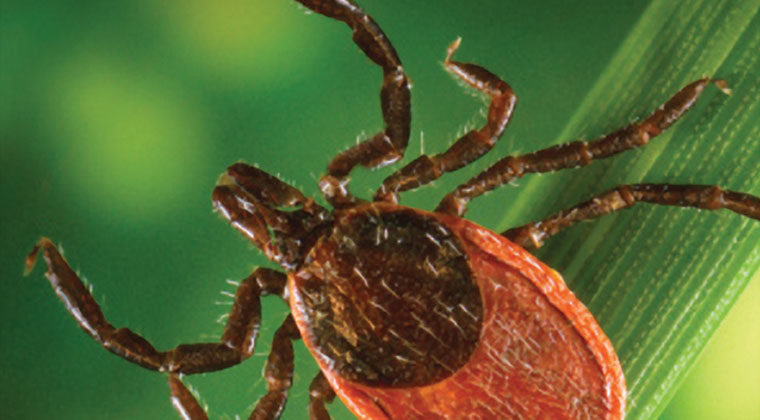Lyme Disease
 Lyme disease is a bacterial (Borrelia burgdorferi) infection transmitted to humans by the bite of certain black-legged ticks, although fewer than 50 percent of all Lyme disease patients recall a tick bite.
Lyme disease is a bacterial (Borrelia burgdorferi) infection transmitted to humans by the bite of certain black-legged ticks, although fewer than 50 percent of all Lyme disease patients recall a tick bite.
Typical symptoms include fever, headache, and fatigue. Lyme disease can also lead to neurological symptoms, including loss of function in arms and legs. According to experts, standard diagnostic methods fail to discover as many as 40 percent of cases of Lyme disease.
At times, Lyme disease is misdiagnosed as amyotrophic lateral sclerosis or multiple sclerosis.
Most cases of Lyme disease can be treated successfully with antibiotics over several weeks. While some people with long-term Lyme disease take antibiotics over an extended course of time, most physicians do not consider it to be a chronic infection.
According to published medical literature, many individuals diagnosed as having chronic Lyme disease demonstrate no evidence of prior infection. In fact, only 37 percent of patients in one referral center had current or previous infection with B. burgdorferi as the explanation for their symptoms.
There are reports that hyperbaric oxygen and bee venom have been effective for some in treating symptoms of the disease. A number people with chronic Lyme disease have traveled abroad for expensive, unauthorized stem cell therapies.
Resources on Managing Lyme Disease
If you are looking for more information on lyme disease or have a specific question, our Information Specialists are available business weekdays, Monday through Friday, toll-free at 800-539-7309 from 9:00 am to 8:00 pm ET.
Additionally, we encourage you to reach out to Lyme disease support groups and nonprofits, including:
- International Lyme and Associated Diseases Society, offers educational materials.
- American Lyme Disease Foundation, offers resources and treatment information.
- Lyme Disease Association, offers information and referral.

